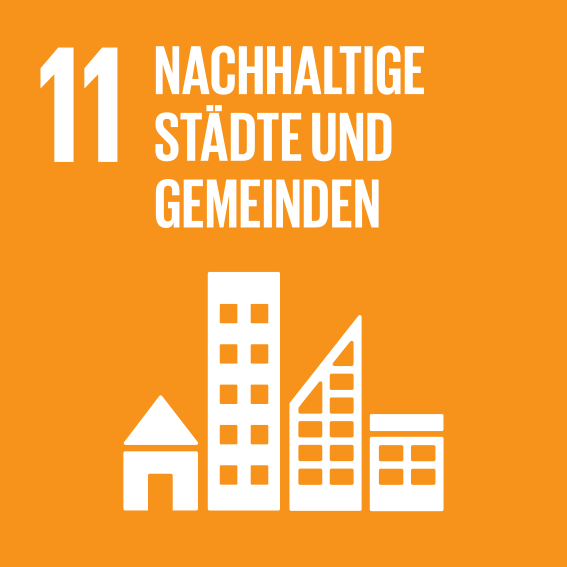|
Rendezvous delivery: Utilizing autonomous electric vehicles to improve the efficiency of last mile parcel delivery in urban areas
Nolte, Frederik
;
Wilken, Nils
;
Bartelt, Christian

|
DOI:
|
https://doi.org/10.1109/PerComWorkshops51409.2021.9430987
|
|
URL:
|
https://ieeexplore.ieee.org/abstract/document/9430...
|
|
Dokumenttyp:
|
Konferenzveröffentlichung
|
|
Erscheinungsjahr:
|
2021
|
|
Buchtitel:
|
2021 IEEE PerCom Workshops : PerAwareCity 2021, 6th IEEE Workshop on Pervasive Context-Aware Smart Cities and Intelligent Transportation Systems, March 22-26, 2021 in Kassel, Germany
|
|
Seitenbereich:
|
148-153
|
|
Veranstaltungstitel:
|
PerAwareCity 2021
|
|
Veranstaltungsort:
|
Online
|
|
Veranstaltungsdatum:
|
22.-26.03.2021
|
|
Ort der Veröffentlichung:
|
Piscataway, NJ
|
|
Verlag:
|
IEEE Computer Society
|
|
ISBN:
|
978-1-6654-4724-9 , 978-1-6654-0424-2
|
|
Sprache der Veröffentlichung:
|
Englisch
|
|
Einrichtung:
|
Fakultät für Wirtschaftsinformatik und Wirtschaftsmathematik > Practical Computer Science II: Artificial Intelligence (Stuckenschmidt 2009-)
Außerfakultäre Einrichtungen > Institut für Enterprise Systems (InES)
|
|
Fachgebiet:
|
004 Informatik
|
|
Abstract:
|
Recent advances in technology have led to an increasing degree of automation and optimization in most areas of the parcel logistics process.
However, this trend has not been widely adopted in one critical part of the process, which is the actual delivery (also often referred to as ``last mile'').
One critical task in the last mile delivery process is the computation of a set of optimal delivery tours for a set of given delivery locations.
This task is commonly known as the vehicle routing problem.
In this work we propose an extended version of the vehicle routing problem that aims to increase the degree of automation in the last mile delivery process by leveraging on the current advancements in the area of autonomous driving.
Further, we study the application of state-of-the-art machine learning methods to solve the proposed problem. We show that such a set up can reduce the overall time needed for delivering parcels compared to the conventional method, in which the delivery agent manually drives the delivery vehicle to each delivery address.
In addition, the proposed model is computationally cheap which is essential to support close to real time analysis of context changes (e.g., traffic situation) and decision making, which is critical for an application in the context of highly dynamic Smart City environments.
|
 | Dieser Eintrag ist Teil der Universitätsbibliographie. |
 Suche Autoren in Suche Autoren in
Sie haben einen Fehler gefunden? Teilen Sie uns Ihren Korrekturwunsch bitte hier mit: E-Mail
Actions (login required)
 |
Eintrag anzeigen |
|
|
 ORCID: 0000-0003-1336-245X ; Bartelt, Christian
ORCID: 0000-0003-1336-245X ; Bartelt, Christian







 Suche Autoren in
Suche Autoren in